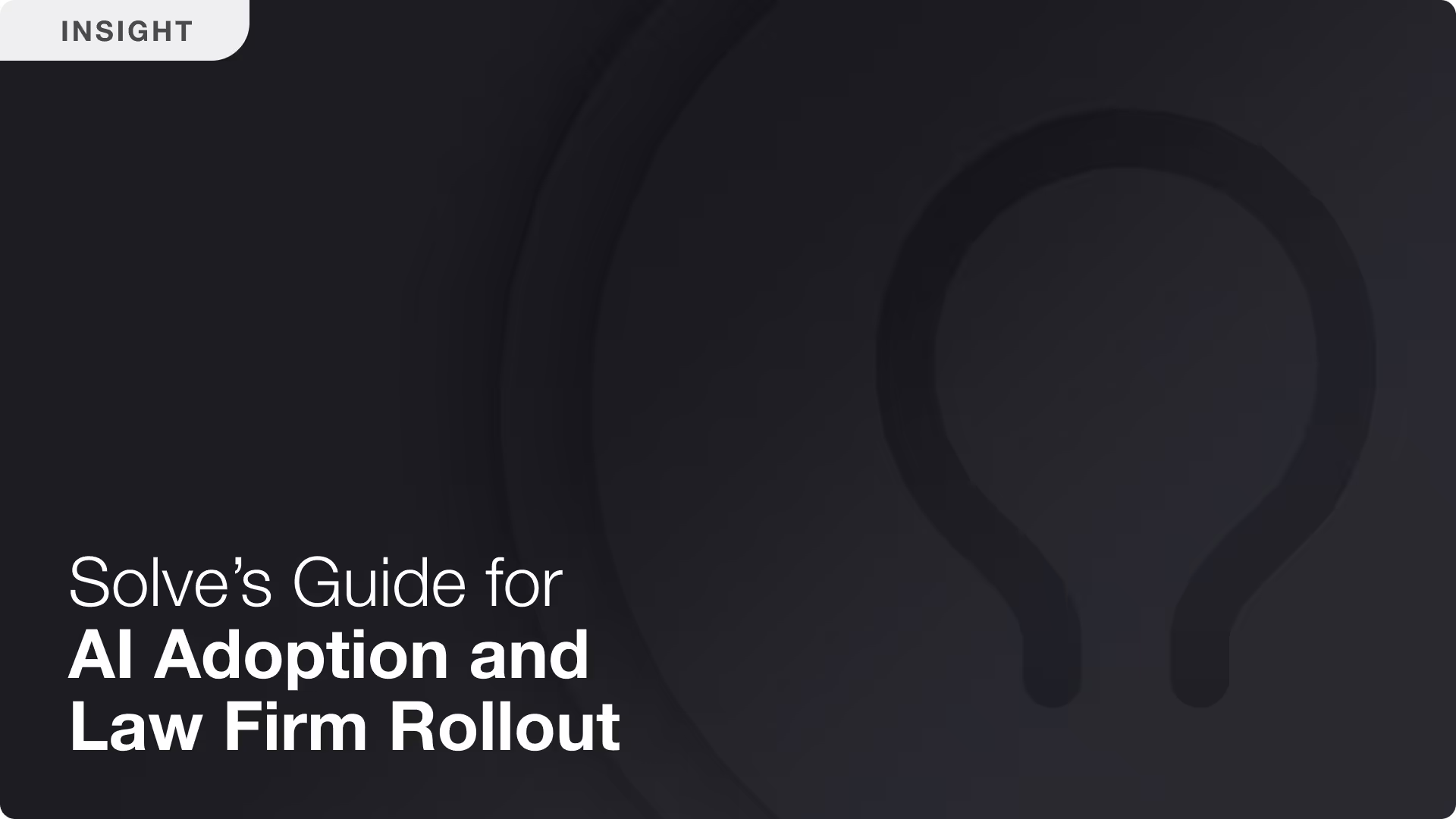AI Patent Drafting with Example-Based Customization
Solve Intelligence's AI software now automatically configures itself from provided patent examples to adopt their unique drafting style, enhancing personalization and streamlining the patent drafting process for attorneys.

The craft of patent drafting is one that continually evolves, and so too must the tools that support this vital work. At Solve Intelligence, we recognize the necessity for precision and personalization in patent creation. To further aid patent attorneys in crafting documents that reflect their client's inventions accurately, we've enhanced our software with a capability that allows for example-based AI configuration. This new feature enables attorneys to input existing patents, from which the AI can configure itself to mimic the document's unique drafting style.
Integrating Patent Examples for Tailored AI Drafting
By providing the AI with an example of an existing patent, attorneys can now swiftly configure the software to draft in the same style. This function is a significant step forward in efficiency, offering a form of bespoke automation that respects the unique nature of each patent's composition. When an attorney uploads a patent document, the AI analyzes it and presents a set of identified stylistic elements, such as language patterns, claim structures, and formatting preferences.
Interactive Style Adaptation
Once the AI has presented its analysis, attorneys have full control to edit, correct, and refine the identified elements. This interactive process not only ensures that the AI's understanding aligns with the attorney's standards but also allows for the development of a more sophisticated drafting style that can be applied consistently across future documents.
Educational Insight into Patent Claims Examples
This functionality also serves an educational role, highlighting for attorneys the specific stylistic elements that characterize different patent claims examples. This can be an invaluable tool for junior attorneys and those looking to deepen their understanding of varied patent structures and terminologies.
Enhancing Quality with Precision and Personalization
The essence of high-quality patent drafting lies in the details. Our software's ability to configure itself from patent examples and allow attorneys to refine the AI's output ensures that each patent reflects the precision and personalization necessary for robust protection.
Confidentiality in Style Configuration
As with all features of Solve Intelligence's software, confidentiality remains paramount. The process of teaching the AI through patent examples is secure and proprietary, ensuring that the unique styles and strategic approaches of each firm remain confidential.
Conclusion
Patent attorneys are tasked with not only protecting innovation but also ensuring that the narrative of a patent application accurately reflects the novelty and scope of an invention. With our latest update, Solve Intelligence's software empowers legal professionals to efficiently produce patent documents that honor the uniqueness of each invention with a newfound level of ease and precision. The integration of patent claims examples into the drafting process exemplifies our commitment to continual improvement and support for the intellectual property community.
AI for patents.
Be 50%+ more productive. Join thousands of legal professionals around the World using Solve’s Patent Copilot™ for drafting, prosecution, invention harvesting, and more.




